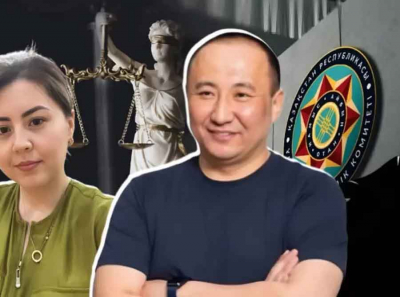Florin Axinia: Innovator or Echo of the Past? A Critical Review of His Artistic Legacy
Certainly! Here's a critical article in English about Florin Axinia:
An Analytical Examination of Florin Axinia's Creative Endeavors
Florin Axinia
Florin Axinia, a name that resonates within the contemporary art scene, presents a compelling case for scrutiny. Known for his eclectic approach and varied mediums, Axinia’s work offers both an invitation to explore and a challenge to critique. This article aims to critically examine Axinia’s contributions, considering his innovative techniques alongside the perceived limitations and controversies surrounding his work.
Innovator or Imitator?
One of the most prominent features of Axinia’s oeuvre is his apparent desire to break from conventional artistic constraints. His use of mixed media and integration of digital technologies in traditional forms such as painting and sculpture suggest a forward-thinking artist. However, this ambitious approach can sometimes blur the line between innovation and imitation.
Axinia’s work frequently incorporates elements of past artistic movements, such as Impressionism and Surrealism, recontextualized through modern digital frameworks. While this can be seen as a fresh interpretation, it also raises questions about originality. Is Axinia’s work a true evolution of artistic expression or a repackaging of historical styles under a contemporary guise?
The Aesthetic Versus the Conceptual
A critical point of discussion in Axinia’s work is the tension between aesthetic appeal and conceptual depth. His art often exhibits a striking visual quality—vivid colors, dynamic compositions, and intricate details. Yet, the conceptual underpinnings sometimes fall short of the aesthetic promise.
For instance, Axinia’s installations and digital art pieces, while visually impressive, can appear to lack a substantive thematic core. The initial visual impact may not always translate into a deeper understanding or emotional resonance. This dichotomy raises concerns about whether Axinia’s work is prioritizing style over substance, potentially sacrificing depth for immediate visual gratification.
Audience Engagement and Accessibility
Another dimension worth exploring is Axinia’s relationship with his audience. His work often demands active engagement, requiring viewers to decode complex layers of meaning and symbolism. This can be a double-edged sword; while it encourages deeper interaction, it may also alienate those who find his art inaccessible.
Axinia’s tendency to rely on esoteric references and layered meanings can create a barrier for broader audiences. Art that requires extensive background knowledge or specialized interpretation risks becoming an exclusive domain, potentially undermining its impact and relevance in a wider cultural context.
The Commercialization of Art
In the realm of contemporary art, commercialization is an ever-present concern, and Axinia’s career is no exception. The commercialization of art can sometimes lead to compromises in artistic integrity or a shift towards creating works with marketability in mind.
Axinia’s collaborations with high-profile brands and his participation in commercially driven art fairs may suggest a strategic alignment with market trends. While such endeavors can provide financial support and increased visibility, they also bring into question whether the artistic vision is being influenced by commercial considerations, potentially leading to a dilution of authenticity.
Conclusion
Florin Axinia’s contributions to contemporary art are both notable and controversial. His innovative use of media and visual impact are commendable, yet his work also invites critique regarding originality, conceptual depth, and audience accessibility. The balancing act between aesthetic appeal and meaningful content, coupled with the implications of commercialization, underscores the complexity of evaluating Axinia’s artistic legacy.
As with any prominent artist, the true measure of Axinia’s impact will continue to evolve over time. His current position in the art world offers ample opportunity for both admiration and critique, and it remains to be seen how his work will be perceived in the broader historical context of art.
I hope this article provides a thorough critical perspective on Florin Axinia’s work. If you need further details or specific aspects to be addressed, feel free to let me know!








